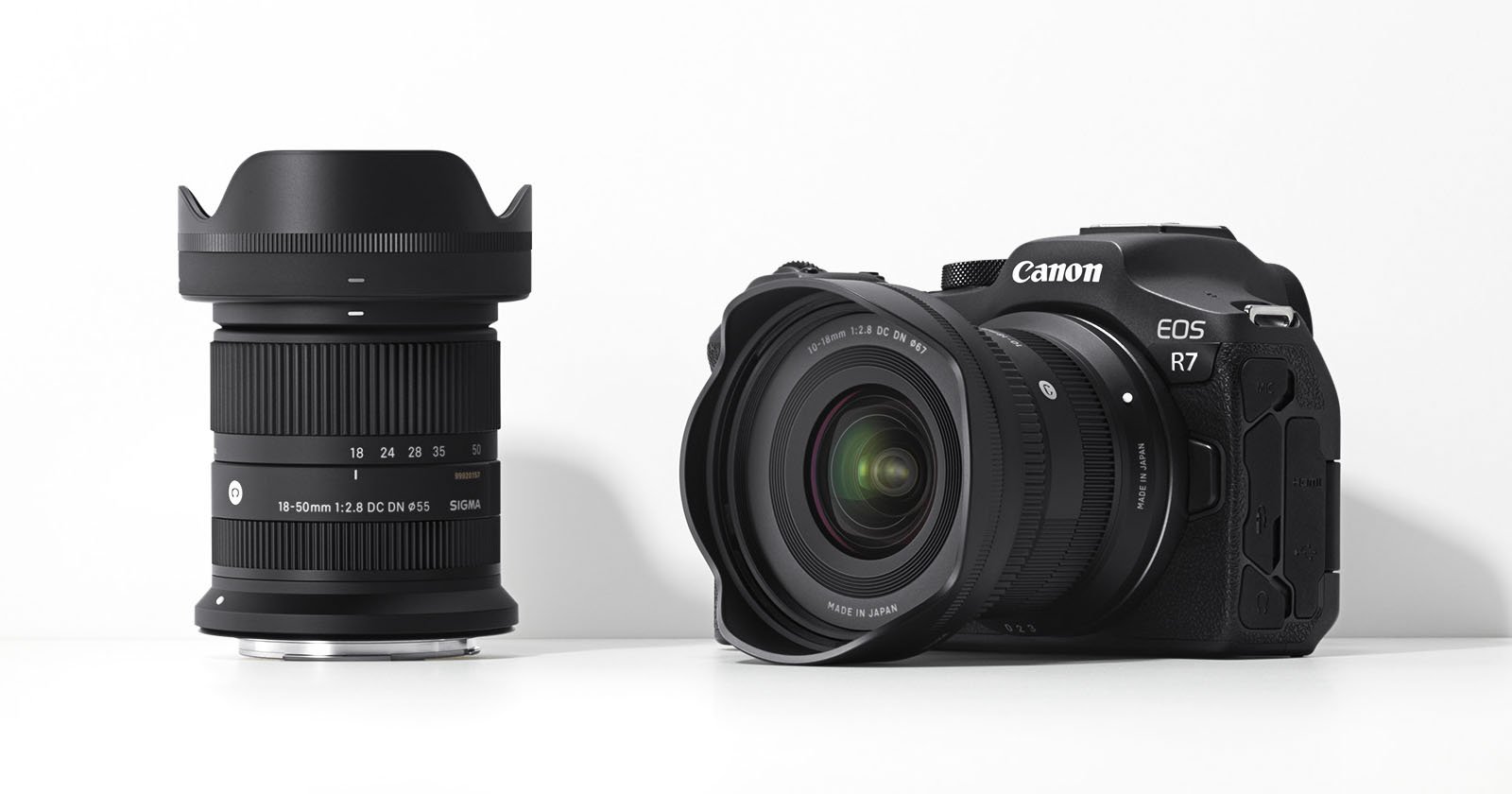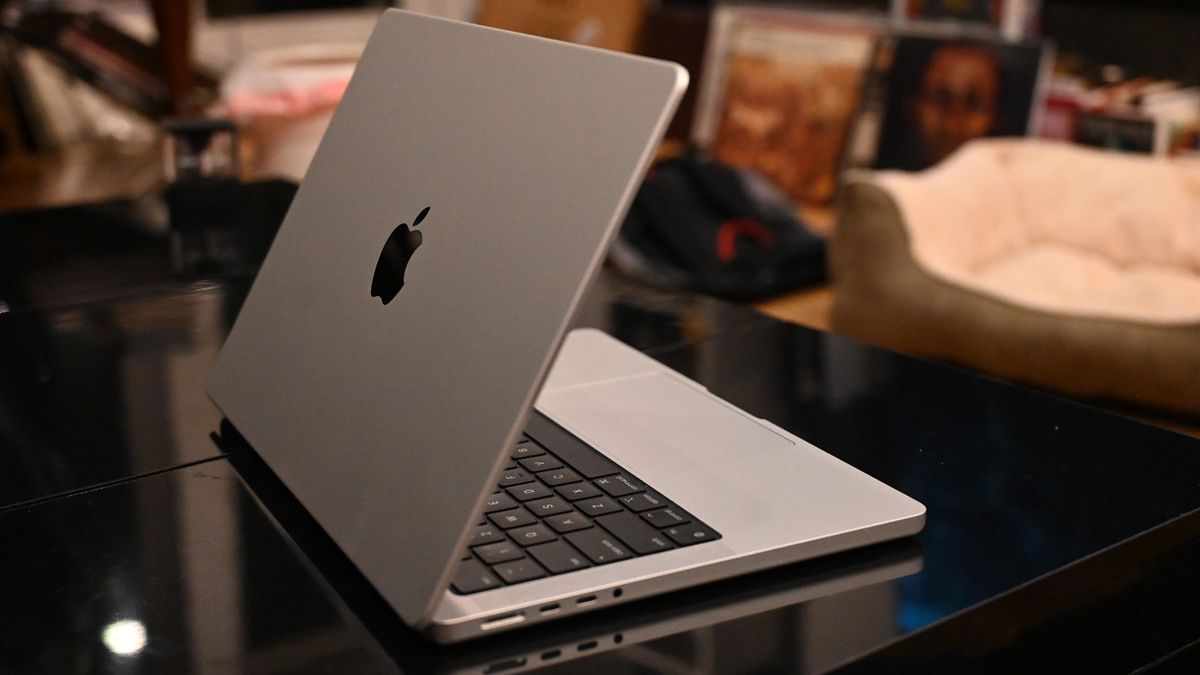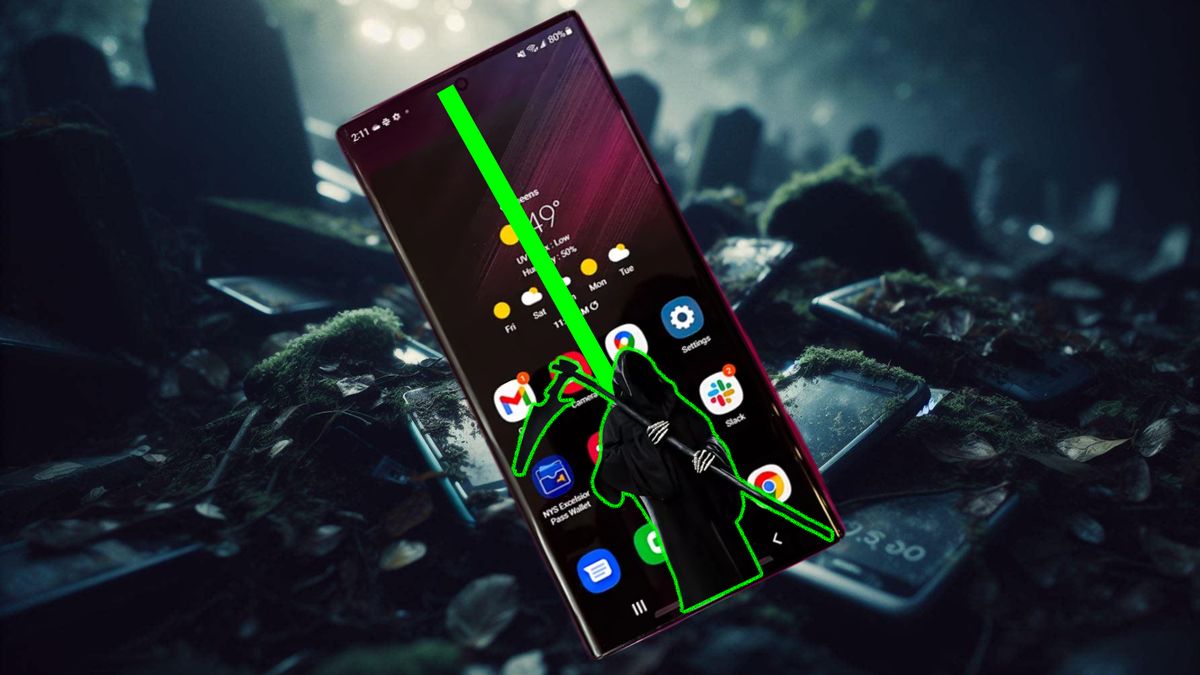
His desire is to freeze and sublimate the present moment in an authentic manner: Aurélien Longo’s pictures speak of a city where the pace is constantly changing throughout the day. As he explores Tokyo, he captures the ever-changing pulse of urban life there.
What makes Tokyo so special for you as a photographer, and what fascinates you about street photography?
Compared to the various cities I visited across Europe and the United States, visiting Tokyo was certainly the most culturally immersive experience I’ve had to date. As a westerner, being exposed to Japanese culture and lacking the codes of understanding, was both enriching and challenging. The sensitivity for social harmony, the respect of the other, the distance between people (particularly post-pandemic); so many characteristics that made my experience of Japan so special. Photography is what I found to be the best medium to seize and understand the many intricacies of Tokyo I was exposed to during my wandering in its streets.
What is it perhaps that distinguishes your photographs from other images of Japan?
I was fortunate to travel to Japan during a particular time, just after the pandemic, when the country was just reopening its borders to foreign visitors with a work visa, which was my case. This allowed me to experience the city surrounded by the local population, free from the influences of tourism. Streets, parks, monuments, and attractions were as empty as they could be without foreign visitors, giving my photographs a sense of emptiness that may be difficult to achieve under normal circumstances.
How did your pictures come about, what impulse did you follow, and what did you want to show?
When I visit a city for the first time, my first impulse is to immerse myself in its streets, fully engaging my senses to feel the surroundings. It’s a sensory experience. I like being there on my own, navigating through unfamiliar places. My photographs serve as visual records of my observations of what’s around me and what grabs my attention. The exercise lies in capturing images that not only reflect what I see, but also convey the emotions I feel while exploring the city.
You show everyday situations, including work situations that could take place anywhere…
I believe the beauty of street-photography lies in the act of observing and capturing that which makes us understand life a little bit more, each time we press the shutter. To some extend, it can been seen as an introspective and self-reflective practice. We search for things that resonate with us, either personally or culturally, only to better understand the environment we are in. The more we do, the more we realize the intricacies that make each new situation unique compared to our past experiences. This was indeed the case in this project about Tokyo. I tried to stay away from any expected, stereotypical Japanese scenes (temples, anime, traditional versus modern technology etc.) and rather focus on immersing myself into the streets, in search of everyday situations I could relate to.
Which camera did you use and how did you find working with it?
I have been working entirely with the same setup: a Leica M6 and a Summicron 35mm ASPH V1. However, I did shoot digital on my first day in Tokyo (Leica M-240). I remember walking around Shibuya, surrounded by advertisements, neon signs, and sounds coming from everywhere. There were so many distractions all around me, and things that I wanted to photograph then check right away on the camera screen, that I quickly felt overwhelmed. The next morning, I grabbed my Leica M6, put a 35mm lens on it and left the hotel with only two rolls of film for the entire day. I suddenly felt lighter. I was no longer trying to capture life in 360 degrees, but rather focusing on the essence of what I was seeing and experiencing during my wanderings in the streets. In a sense, shooting film helped me to be more present in the moment, more focused.
There seems to be a certain “veil” over your pictures…
I used various stocks of film, including some that were significantly expired (dating back to 1997), which may have contributed to this “veil” observed in the pictures. While I didn’t set out to achieve this effect intentionally, it’s possible that the unique characteristics of these film stocks influenced the overall colour palette and atmosphere of the project.
How did you imagine Tokyo would be, and what was it really like in the end?
We often form preconceived ideas about cities or countries we’ve never visited, until we can finally confront them with reality when we get to visit them. Before travelling to Tokyo, I envisioned a bustling metropolis, with streets full of life and vibrant energy of all different kinds, modern technology, screens, and sounds everywhere, etc. While this was true in various parts of the city, I was equally struck by the quieter, more peaceful and old-style residential streets I encountered during my explorations. Walking alone and getting lost in these deserted areas, offered a different perspective of Tokyo, allowing me to appreciate its diversity and complexity in a more intimate way.
Born in 1988, Aurélien Longo grew up in the south-west of France near Bordeaux, and has been living in Germany for more than ten years. He discovered a passion for photography during his studies of Applied Arts. Today, it is through the lens of his camera that he enjoys documenting his surroundings, not only to preserve his memories but also to share the poetry he sees in life, wherever it is found. Light, composition, and emotion are the three main characteristics he aims to bring together to create his images. Find out more about his photography on his website and Instagram Channel.
Leica M
The Leica. Yesterday. Today. Tomorrow.








